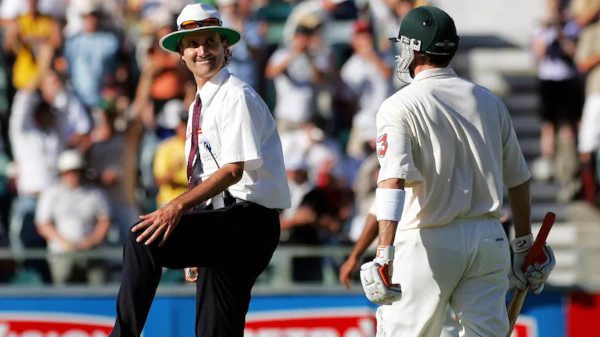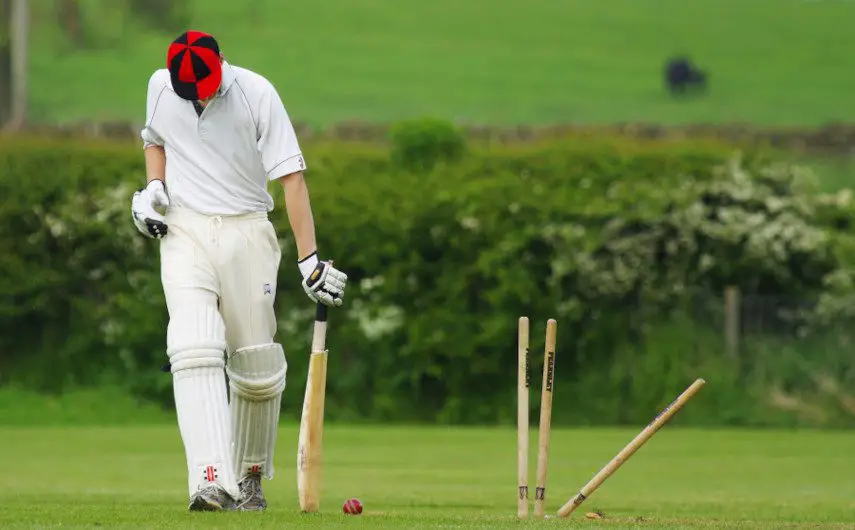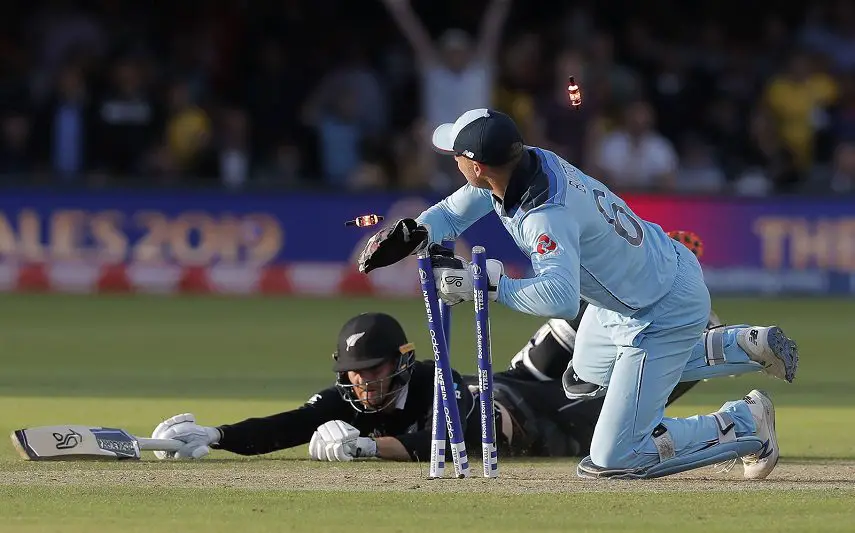Table of Contents
They are not credited to the batsman or debited to the bowler but byes and leg byes are useful extras that are added to a team’s batting total so let’s take a moment to see what they’re all about.
What is a Bye in Cricket?
A bye is scored when the ball passes through to the wicket keeper and the batsmen take a run. In order for a bye to be awarded, the ball must not touch the bat or any part of the batter’s body.
Multiple byes can be recorded if the batsmen are able to cross twice and, if the ball reaches the boundary, four byes are awarded.
What is a Leg Bye in Cricket?
A leg bye occurs when the batsmen run after the ball has hit any part of the batter’s body. The ball must not touch the bat or the batsman’s gloves in order for the run to be considered a leg bye.
Once again, it’s possible for multiple leg byes to be scored with four runs awarded if that ball crosses the boundary line.

Conditions for Byes and Leg Byes
There are certain laws pertaining to leg byes and byes that must be followed. Perhaps the most important point to note regarding leg byes is that the batsman must be playing a stroke – i.e., attempting to hit the ball with their bat. Also, a leg bye can be scored if they are taking evasive action to get out of the way of the ball.
If the batter just lets the ball hit them, without any attempt to play or get out of the way of the ball, the umpire should call dead ball if the batsman completes a run. Interestingly, a run out can still occur in these circumstances.
No such rule applies to byes which can be taken when the ball passes the stumps. Batters can even run a bye if the ball goes straight into the keeper’s gloves and we see this a lot in limited overs cricket.
Scoring a Bye or Leg Bye
In order to score a bye or a leg bye, the two batsmen must complete a run between the wickets, just as they would if the ball had come off the bat. The exception comes when the ball crosses the boundary. In this case, four byes or leg byes are recorded and there is no need for the batsmen to run.
The umpire must signal to the scorers if either byes or leg byes are scored. For byes, the signal is to raise one arm in the air above the umpire’s head. If a leg bye is scored, the umpire will raise one leg and tap, around the knee area, with one hand.
As with all umpiring signals, the scorers should acknowledge that they have seen the signal and the byes/leg byes have been recorded correctly.
The batsman on strike does not receive any credit for the byes or leg byes. They are simply recorded as extras in the scorebook.
At the same time, they are not debited to the bowler’s figures but there is one player in the fielding team who is very anxious to avoid conceding any byes.

Byes and Wicketkeeping Records
A bye doesn’t directly impact a wicket keeper on the field of play but conceding too many of these extras could have a detrimental effect on their career.
It’s hard to find stats relating to byes conceded by a keeper across their playing days but they are available to coaches and selectors who want to run over statistics from previous matches.
This is also the reason why a wicket keeper will sometimes give the umpire a quizzical look when a wider delivery goes to the boundary. A wide ball is debited to the bowler and the keeper is not considered to be at fault if additional runs are conceded.
That’s why the wicket keeper will always prefer to see a wide called, even if it adds an extra run to the opposition’s total.
How Common are Byes and Leg Byes?
The answer to this question could depend on the type of pitch and the conditions. If the ball is swinging or there is a low, slow pitch, it can be harder for the wicket keeper and we may see more byes as a result.
In contrast, a world class keeper on a flat wicket would not expect to concede any byes at all. Leg byes can occur on a more random basis but they tend to be more common against the faster bowlers who are delivering towards the batter’s body.
In general, these extras make up just a small percentage of the overall batting team’s total no matter what the pitch conditions may hold, but every run counts and they are an important part of the game of cricket.


